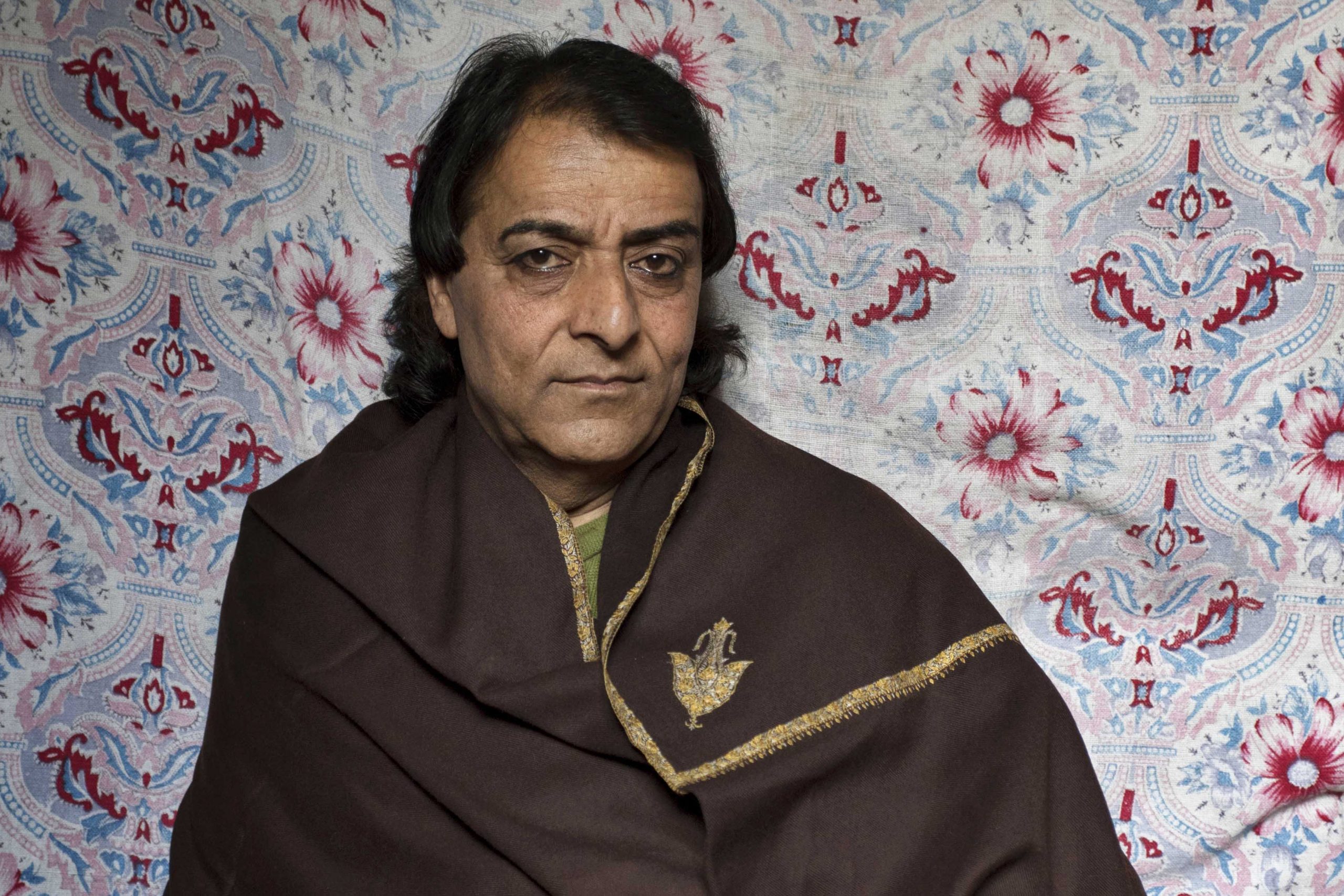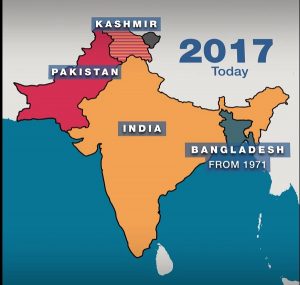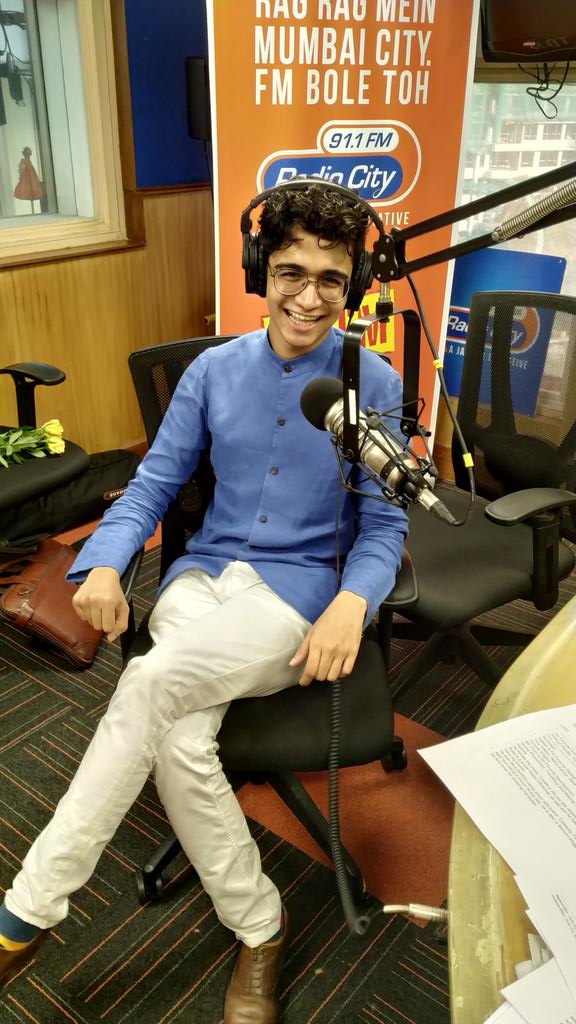Kashmir’s invisible LGBTQIA+ community
Colin Stewart is a 45-year journalism veteran living in Southern…
In Kashmir, where queer people suffer from social exclusion, the ongoing territorial conflict between India and Pakistan makes their fight for rights more difficult.

Haris Zargar reports in New Frame:
For decades now, Kashmir’s politics, occupation and armed resistance have caught the curiosity and imagination of its public and that of others. But social issues pertaining to daily life have often been relegated to oblivion in the valley’s politically charged setting. As such, it doesn’t come as a surprise that Kashmir’s “invisible’” LGBTQIA+ community finds itself navigating, precariously and silently, the twists and turns of the region’s conflict, religious dogma and social exclusions.
Very little has been written about the valley’s queer people, and gender violence in this restive state remains under-researched. In a traditional conservative society such as Kashmir, sex and sexuality are considered taboo or, at the very least, deeply private. Any divergence from heteronormativity – or the assumption that heterosexuality is “normal” while other kinds of desire are not – is generally avoided in discussions. This way, the Kashmiri society mostly denies the existence of the LGBTQIA+ community.
With the question of Islamic identity and cultural ideals taking a central position in the ensuing conflict, many Kashmiri Muslims find themselves at odds, and thus remain either intolerant or indifferent because of the perceived controversial nature of practices such as homosexuality within the society and the religion. The fear of religious stigmatisation and othering has also disabled any possible social movement that would seek rights for these minorities.
Consequently, not much is known about the social relations, engagements and intimate lives of the LGBTQIA+ people in the valley, but attitudes towards the trans community provide insights into why they continue to stay hidden from the public eye. On the LGBTQIA+ spectrum, trans people are Kashmir’s most visible community. They function at the margins of society.
The pain of being trans
Aijaz Ahmad Bund, a researcher and activist working on the rights of the transgender community of Kashmir, believes that notions of being “gay” or “homosexual” in a “hetero-patriarchal” society like Kashmir are quite different from those in India or elsewhere, because the categorisation is not decided simply on sexual orientation but also takes into its ambit the demeanour of the individual. “Within Kashmiri culture, there are different classifications of ‘gay’, even within the LGBTQIA+ community, there are diverse connotations for the ‘passive or moorat’ versus the ‘active or poatch’ partner; and only the moorat partner is considered homosexual,” says Bund, whose 2018 book, The Hijras of Kashmir: A Marginalized Form of Personhood, is an account of the struggles of the transgender community in the valley.

Transgender people in the valley are called laanch, a derogatory slang term, which scholars and activists say is grounded in stigmatisation, marginalisation and discrimination. The afflictions of trans people start at a very young age when they stop conforming to their prescribed gender roles. This often leads to verbal and physical abuse by parents, siblings and others, who seek to regulate their behaviour. Most trans people are subject to injustices related to their education, employment, legal recognition and access to social resources. This often forces the trans community to function outside formal sectors, which in turn makes them more vulnerable to a lack of social security.
A 2013 study on the migration of transgender people from rural areas to the capital Srinagar revealed that the nature of the harassment faced by the community included verbal abuse, assault, bullying and sexual violence as well as social restrictions that resulted in immense psychological disturbances. The community is often forced to migrate from their places of origin and are forced to stop attending social institutions such as schools and places of worship.
The study noted that the intimidating environment at educational institutions almost certainly forces them to leave their studies to avoid the mocking and harassment that leads to trauma. “The mental health issues include post traumatic stress disorder, obsessive compulsive disorder, major depressive episode, suicidal tendencies and panic disorders. Having [little] knowledge about [condoms] and sexually transmitted diseases makes them more vulnerable to catching venereal diseases,” the study added.
Activists highlight that there are various factors that cause concern for the valley’s trans community. General social disapproval means the majority of them are poor and lack formal education. Without the necessary social networking and support, they have less of a chance of finding a job. They face health problems and battle to access care in old age. When they die, they are often not given a proper religious burial.
The total population of transgender people in Jammu and Kashmir is estimated at about 4,137 as per the 2011 census. Most of them work as meanzimyoar [matchmakers] or as performers at marriage ceremonies. Owing to this function in a society where traditional marriage customs are still taken very seriously, there has been a palpable change in the attitude of people towards the trans community. Abdul Rashid, popularly known as Reshma, has become a household name in the valley because of this. A resident of old Srinagar city, Reshma has attained celebrity status thanks to her unique singing and dancing style along with her perfect comic timing.
But Reshma and the handful of others like her are the exception. Many members of her community still struggle for rights and acknowledgement. The position of trans people in Kashmir, however, is still better than those living in other parts of South Asia, who face tremendous physical violence.
A 2014 Supreme Court ruling provided legal recognition of a third gender in India, which was regarded as a move towards increased acceptance of the large yet marginalised transgender or hijra population. But, despite such rulings, the LGBTQIA+ community both in India and Kashmir remains oppressed.
India’s pinkwashing

In response, the Queer Muslim Project reasoned that any LGBTQIA+ celebration of the new status of Kashmir “pinkwashes the ever-going struggle of Kashmiri people against grave injustice, violence and oppression – a struggle that has impacted generations after generations of Kashmir. We, as queer, transgender and nonbinary individuals from a religious minority in India, know what it feels to be unheard and pushed to the extremes of marginalisation. We are afraid that the current situation is just a preface to further violations of rights,” it underlined.
Making a similar assertion, Indian queer activist Anish Gawande, founder of The Pink List – a list of Indian politicians who publicly support LGBTQIA+ rights – underscored that the Modi government’s decision to remove Kashmir’s special legislative provisions would have serious repercussions for the valley’s LGBTQIA+ community. He argues that the queer rights used to champion the idea of a “new India” combine gay rights with a heady discourse of nationalism. This is a worrying global phenomenon, wherein the ultra-right cosy up to the queer community and use LGBTQIA+ rights to “wash over discrimination against other minorities”.
“The instrumentalisation of queer rights by Indians is the exploitation of LGBTQ+ identity to pinkwash a systemic and structural denial of Kashmiri rights while being oblivious to India’s toxic masculinity and homophobia,” writes Kashmiri lawyer Mirza Saaib Be. “If given a chance to reassert itself without interference from the nation-states that surround it, the arc of Kashmiri political thought will always bend towards progressive positions that stand for all oppressed communities including those who are LGBTQI+.”
Kashmir’s LGBTQIA+ community has suffered doubly from state-inflicted violence as well as from social exclusion, and it would take a deep sustained effort to bring the queer community into the mainstream. But in a conflict-ridden state like Kashmir, where everyone is fighting for survival, securing the rights of LGBTQIA+ people seems – at least for now – to be a distant dream.
This article was first published by New Frame, a not-for-profit, social justice media publication based in Johannesburg, South Africa.
Related article:
- India’s move in Kashmir divides queer Hindus, queer Muslims (, 76crimes.com)




